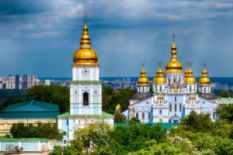The Founding of Odesa
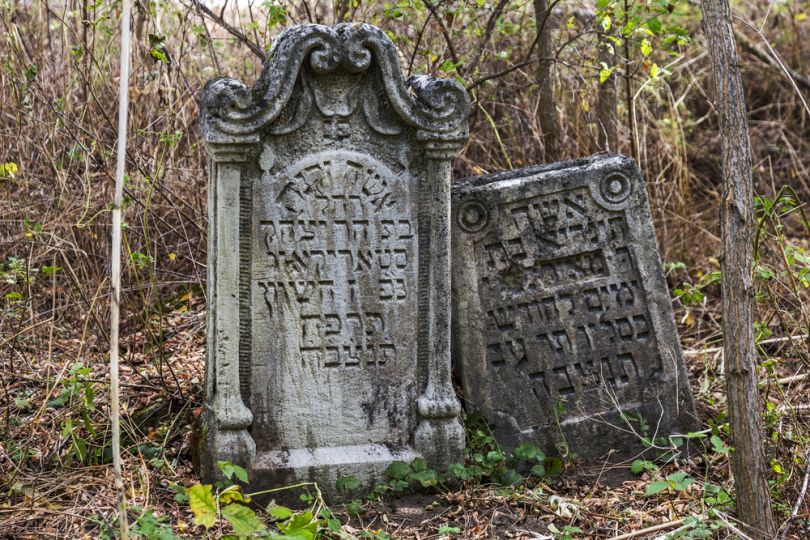 The history of Jewish diaspora began way back when Odesa wasn’t even a city. According to numerous historical sources, Jews settled in a Turkish fortress Khadjibey, located on the territory of what would soon become the largest trade port in Ukraine. In the 19th century, archeologists found an ancient tomb dated 1770 with an inscription in Yiddish, which suggests that the Jewish settlements have existed here long before. However, during the Russian-Turkish war of 1787-1792 many families fled from Khadjibey. The siege of the fortress proved that there were only 6 Jewish families left on the site.
The history of Jewish diaspora began way back when Odesa wasn’t even a city. According to numerous historical sources, Jews settled in a Turkish fortress Khadjibey, located on the territory of what would soon become the largest trade port in Ukraine. In the 19th century, archeologists found an ancient tomb dated 1770 with an inscription in Yiddish, which suggests that the Jewish settlements have existed here long before. However, during the Russian-Turkish war of 1787-1792 many families fled from Khadjibey. The siege of the fortress proved that there were only 6 Jewish families left on the site.
In fact, the official beginning of Jewish history in Odesa is 1793, which marks the founding of a Jewish cemetery. In 1794, the year Odesa was founded, the Jewish population numbered 246 people, a solid 10% of the entire population. At the time the region was torn between Russia and the Turkish Empire. Russian Empress Catherine II was keen on quick repopulating of the newly re-annexed Northern Black Sea coast to keep the Russian positions secure. That’s why the government came up with the idea of moving Polish Jews, who have long lived on the territory of the conquered Polish sectors, to the Odesa region. Naturally, the new lands granted new privileges, while the old residence imposed taxes on Jewish business. Since the first days of the founding of Odesa, Jewish diaspora had taken initiative and actively participated in the city government — members of the community participated in the elections to the city magistrate with two candidates winning the election. The precedent was unique on the territory of what was then Russian Empire. 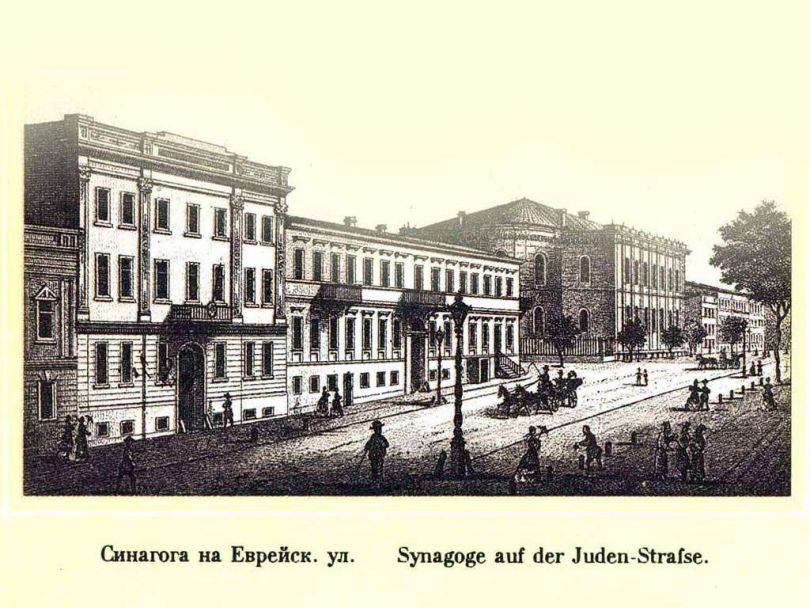 Cultural and religious landmarks have quickly begun appearing on Odesa streets: the first synagogue in the city was built on the Balkovska Street, following a larger synagogue on Ievreiska (Jewish) Street in 1795. The latter soon became the main synagogue of the city. Besides, the Jewish community founded Talmud Torah — a school for poor children supported by donations. The diaspora quickly started growing and communicating, thus plating further in Odesa that was soon to experience a big financial boost.
Cultural and religious landmarks have quickly begun appearing on Odesa streets: the first synagogue in the city was built on the Balkovska Street, following a larger synagogue on Ievreiska (Jewish) Street in 1795. The latter soon became the main synagogue of the city. Besides, the Jewish community founded Talmud Torah — a school for poor children supported by donations. The diaspora quickly started growing and communicating, thus plating further in Odesa that was soon to experience a big financial boost.
Porto Franco Period
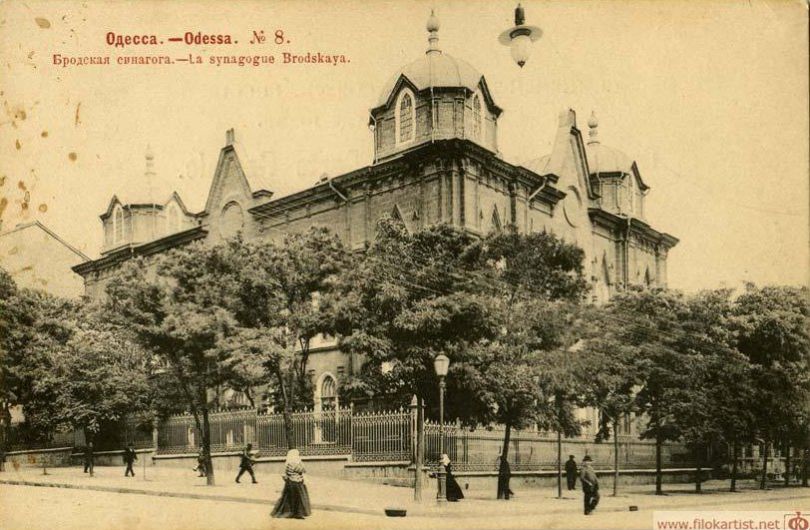 In 1817, Odesa was granted the status of Porto Franco by Alexander I of Russia. This meant that the city was now a port open to all commercial vessels on equal terms, which naturally boosted international trade and waves of immigration. Jewish diaspora has expanded as well — in the 1840s, there were 12,000 Jews residing in the city, which made up to 20% of the population. The immigrants mostly came from Russia, Germany and Galicia. The latter were soon nicknamed “Brodsky” as many of them came from Brody in the west of Ukraine. In this period, many members of the Jewish community were engaged in grain industry: they worked as intermediaries between the landlords and exporters, agents of bread-baking companies, brokers as well as cashiers and loaders. However, the 1797 city report of the City Magistracy showed that the most part of the newly-arrived Jews lived in poverty, working in Odesa catacombs and port, often in inhumane conditions.
In 1817, Odesa was granted the status of Porto Franco by Alexander I of Russia. This meant that the city was now a port open to all commercial vessels on equal terms, which naturally boosted international trade and waves of immigration. Jewish diaspora has expanded as well — in the 1840s, there were 12,000 Jews residing in the city, which made up to 20% of the population. The immigrants mostly came from Russia, Germany and Galicia. The latter were soon nicknamed “Brodsky” as many of them came from Brody in the west of Ukraine. In this period, many members of the Jewish community were engaged in grain industry: they worked as intermediaries between the landlords and exporters, agents of bread-baking companies, brokers as well as cashiers and loaders. However, the 1797 city report of the City Magistracy showed that the most part of the newly-arrived Jews lived in poverty, working in Odesa catacombs and port, often in inhumane conditions.
This soon became one of the factors that sparked the blooming of the Jewish criminal world in Odesa. Moreover, the location near the sea, as well as Porto Franco status, paved the way for smugglers, thieves and brothel keepers. The most famous personas live in the folklore and collective memory even nowadays: for instance, one of the most popular Ukrainian TV-series “Once Upon a Time in Odesa” (also called The Life and Adventures of Mishka Yaponchik) depicts the real events and life of the notorious Robin Hood of Odesa Mishka Yaponchik. Photo: Yevgeny Tkachuk as Mishka Yaponchik in 2011 TV-series 'Once Upon a Time in Odesa'
Photo: Yevgeny Tkachuk as Mishka Yaponchik in 2011 TV-series 'Once Upon a Time in Odesa'
Despite enjoying equal privileges and life opportunities, the Jewish diaspora was soon to experience tragedies that spread in Europe like wildfire — pogroms. In fact, Odesa is the first city in the former Russian Empire to live through pogroms, violent attacks on the Jewish population usually supported by the government. In 1821 and 1859, the aggressive part of the local Greek population joined Greek sailors to murder Odesa Jews and loot their property. Unfortunately, the 1821 pogrom was far from being the last throughout the history.
The 20th century and WWII
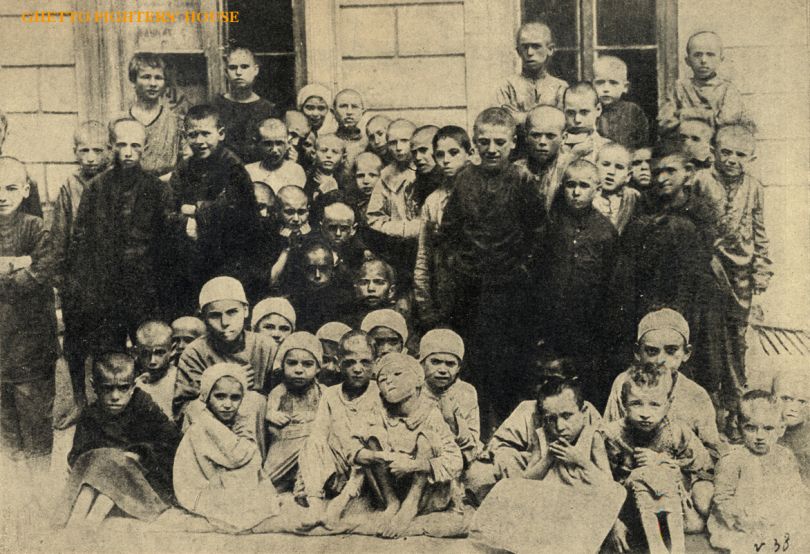 Photo: Jewish children, orphaned and homeless, photographed in Odesa in 1919. These children were left without families and homes as a result of a wave of pogroms in Ukraine in the period following World War One.
Photo: Jewish children, orphaned and homeless, photographed in Odesa in 1919. These children were left without families and homes as a result of a wave of pogroms in Ukraine in the period following World War One.
At the beginning of the 20th century, Jews made up to 32% of the entire population of Odesa. The community strongly integrated into the city life, evident by 7 synagogues, 45 prayer houses, 2 charitable institutions and 89 educational institutions. Besides, there were 5 centers of Jewish cooperation that strengthened the ties inside the community. October 18-20, 1905 marked the most ruthless and bloodiest pogrom in the history of the city: about 400 Jews were killed and 50 thousand left homeless. The Jewish self-defense and student militia have succeeded in stopping the murder for a short period of time before the attackers were backed up by the artillery and troops.
The vibe in Odesa changed drastically after the atrocious events. Despite the pogroms and continuous pressure, the community worked hard and contributed in the world history. For instance, the second in the world ambulance station appeared in Odesa in 1903 thanks to the efforts of doctor Iakov Bardakh, born in Odesa in 1857. An apprentice of the famous Ilia Mechnykov, Iakov worked with his teacher in a small microbiological laboratory. Soon Odesa saw one more groundbreaking institution — the second in the world bacteriological laboratory, which made vaccines against anthrax and investigated the causes of plague. In 1917-1920 Odesa became the center of publishing literature in Hebrew on the territory of the Russian Empire. However, with the arrival of Soviets, all cultural and religious life of local Jews was jeopardized. During the 1920s, many citizens were arrested on the charges of Zionist activities.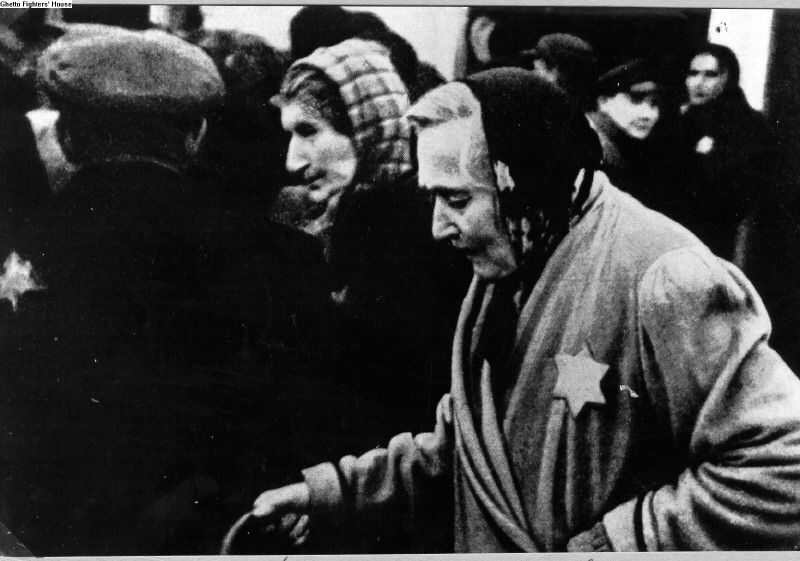 Photo: The registration of Jews in Odessa. Jews wearing a Jewish badge are standing in line for registration following the German conquest of the city. Photographed on October 22, 1941.
Photo: The registration of Jews in Odessa. Jews wearing a Jewish badge are standing in line for registration following the German conquest of the city. Photographed on October 22, 1941.
Much like in other European cities, WWII has left its scars on the Jewish community. Despite the inhumane treatment, Jews actively participated in the defense of Odesa on August 5 - October 16 in 1941. The mass deportation of Jews began in November of the same year. People in groups from two to five thousand were sent on foot to Bohdanivka. Many died on the way because of hunger, thirst and exhaustion. In December of the same year, citizens of Odesa were to abide by the new laws — mandatory registration of jewelry and wearing a distinctive sign. Only a few hundreds of Jews survived the Nazi occupation in Odesa by forging documents and living in the catacombs. Many members of the community joined the resistance fighting for the future of their home.
Post-WWII and Nowadays
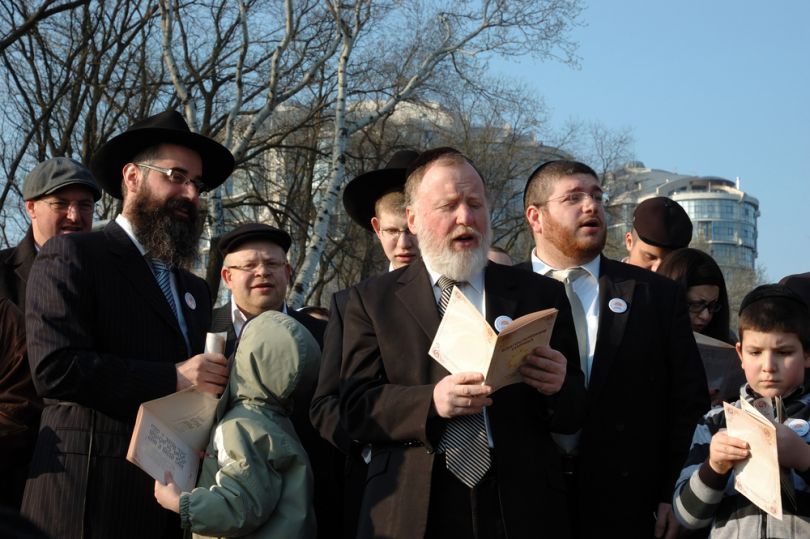 After the end of the WWII, many of the deported and evacuated Jews returned to Odesa, thus marking the new era of the diaspora. During 1970-80s, Jewish cultural life has experienced a revival, bringing many talented artists, actors and writers. Nowadays Odesa is one of the most important centers of the Jewish cultural life in Ukraine.
After the end of the WWII, many of the deported and evacuated Jews returned to Odesa, thus marking the new era of the diaspora. During 1970-80s, Jewish cultural life has experienced a revival, bringing many talented artists, actors and writers. Nowadays Odesa is one of the most important centers of the Jewish cultural life in Ukraine.
The Jewish Street is the home of the Choral Synagogue; not far lies the Brodsky Synagogue. Both are located in the center of the city in a commercial district not far from the Black Sea. Odesa Jewish History Museum is located at 66, Nizhynska Street. The resilient and humorous Jewish spirit is still strong in every aspect of local life, felt especially inside a typical rundown courtyard with clothes drying on ropes and a rusty carcass of prehistoric cars.
The local Jewish community welcomes everyone to enjoy kosher food, produced locally and approved by the chief rabbi of Odesa and the South of Ukraine Abraham Wolff. Besides, there are numerous kosher restaurants like Rozmaryn, Khyevron Koshernyy, Gallo café and others. Photo: American singer Bob Dylan, born Robert Allen Zimmerman
Photo: American singer Bob Dylan, born Robert Allen Zimmerman
Not many people know that a lot of well-known international celebrities and cultural figures come from Odesa. To name but a few, artist Sonia Delaunay, actor Sylvester Stallone, director Steven Spielberg and iconic singer Bob Dylan are of Odesa Jewish descent. The Jewish diaspora still lives despite the horrors of the past and keeps on with the same humorous spirit, known to locals and tourists who visit the Black Sea coast.
Source: chabad.odessa.ua.
Photo sources: odessa-history.livejournal.com, infocenters.co.il, Amateur007, kaetana, A_Lesik / Shutterstock.com, kehilalinks.jewishgen.org, Val Wilmer/Redferns. All images belong to their rightful authors.

